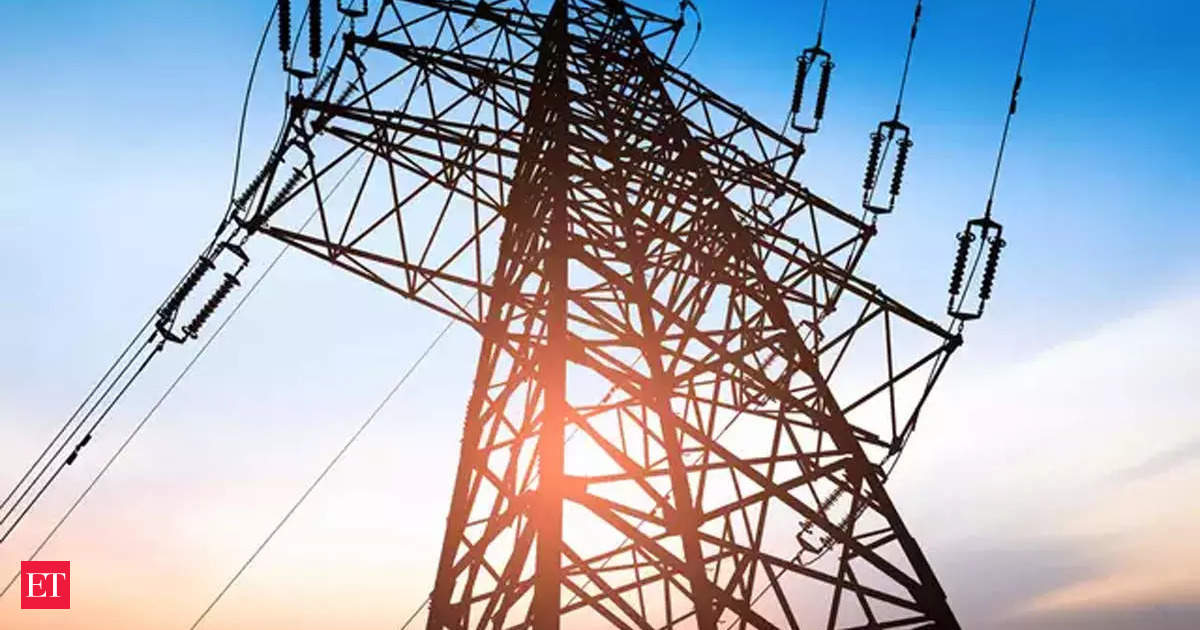Peak power demand in India between this month and February next year is expected to be about 6-9.5% higher year-on-year, according to an assessment by the Grid Controller of India. This projection is based on the higher than expected power demand during the monsoon this year. The Grid Controller of India made these projections to help prepare for reserves and buffer capacity in case of a contingency.
The projection for peak demand in January 2024 is 230 GW, which is higher than the 210.6 GW maximum demand met in January this year. Similarly, the projection for peak demand in February 2024 is 222 GW, compared to about 210 GW in February this year.
The December peak is projected at 220 GW, likely in the second half of the month. Currently, the maximum demand met in the month has reached 203 GW during the solar hours. In the previous year, the peak was 205 GW.
During the winter months, peak demand is usually recorded between 9:30 and 11 am. The evening peak or non-solar hour peak for these months is predicted to be lower than daytime peak.
The projection for non-solar hours peak demand is 208 GW in both December and January, and 205 GW in February.
The surge in August and September, when peak demand smashed records and projections, led to the short-term projections by the Grid Controller of India. These projections include an underlying compound annual growth rate of 6%, among other factors.
The increase in power demand this year began in August, due to erratic weather patterns, lower rainfall, and economic growth. On September 1, peak demand reached 243 GW, surpassing the previous projections of 231 GW for 2023, even in April.
The period from March to May saw relatively lower demand for electricity due to favorable weather conditions.
However, in 2024, summer weather conditions may return to the usual highs, according to officials. Meeting the projected peak demand this winter will not be a challenge as the projections are for daytime, when solar power is available.











